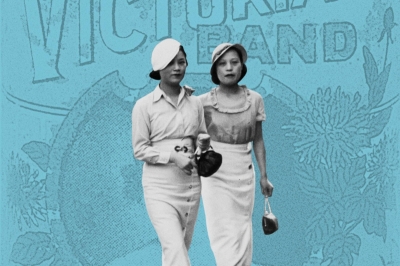Many years ago, while teaching Japanese language and literature at the Australian National University in Canberra, I asked students in a seminar to conduct an experiment on campus. That was in the 1970s, when Australia and much of the rest of the world were rediscovering Japan as an economic and cultural superpower.
Back then, a week did not pass without someone writing at length about some aspect of Japanese life in the Australian press. Sushi was becoming the new food craze both there and in the United States, though it wasn't until the '80s that children started nagging their parents to take them to the local sushi bar for a quick meal -- hardly a cheap outing for your average mom and dad.
Culturally speaking, Japan was replicating the kind of image role it had around the turn of the 20th century -- that of a land of stark contrasts where the ultra-contemporary is cheek by jowl with stubborn tradition. In fact, the bulk of journalistic writing about Japan in Australia, the U.S. and Britain took on just this theme. I don't know how many times I read articles about Japanese storefront dummies looking Western rather than Japanese; little smoky Buddhist temples nestled among skyscrapers; and the trudging office worker who sheds his daytime Western suit for traditional Japanese gear and sips green tea, not coffee, when he finally reaches home exhausted. I even once saw a film titled "A Day in the Life of an Average Japanese Millionaire," but I can't for the life of me remember the name of the average millionaire whose life it purported to depict.


















With your current subscription plan you can comment on stories. However, before writing your first comment, please create a display name in the Profile section of your subscriber account page.